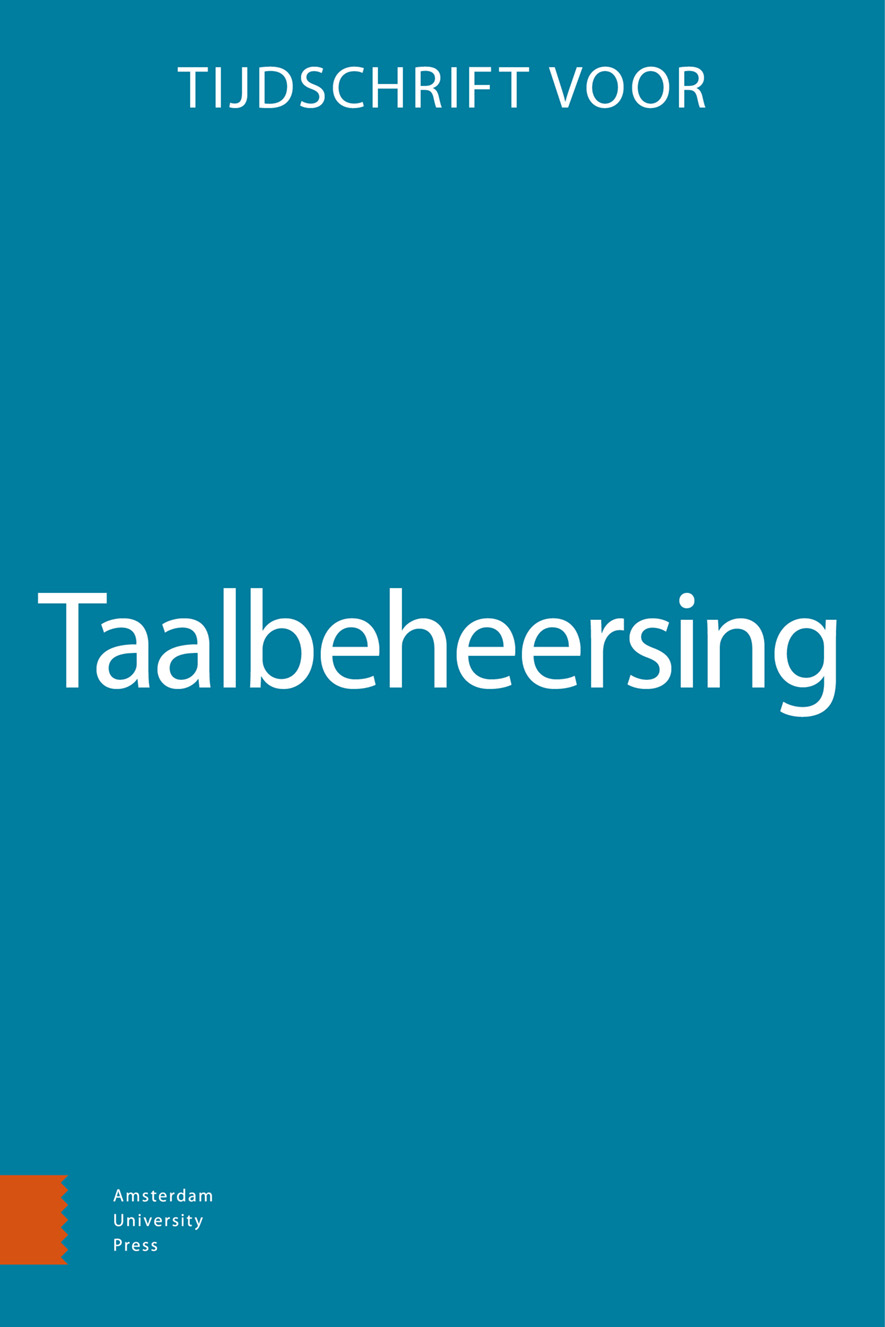-
oa Een significant probleem
- Amsterdam University Press
- Source: Tijdschrift voor Taalbeheersing, Volume 41, Issue 1, Apr 2019, p. 203 - 213
-
- 01 Apr 2019
Abstract
Abstract
A significant problem
Null-hypothesis significance testing is the major form of inferential statistics in the field of applied communication research. On many occasions, substantive conclusions are drawn solely on the basis of the (in)significance of a test result. The justification for these conclusions, however, is suspect, because the results of significance testing are too often misinterpreted. The questionable practice of drawing conclusions based on misunderstandings poses a significant problem for the scientific status of communication research. In this contribution the so-called big five misunderstandings (Kline, 2013) of significance testing are described and explained.
© 2019 Amsterdam University Press


